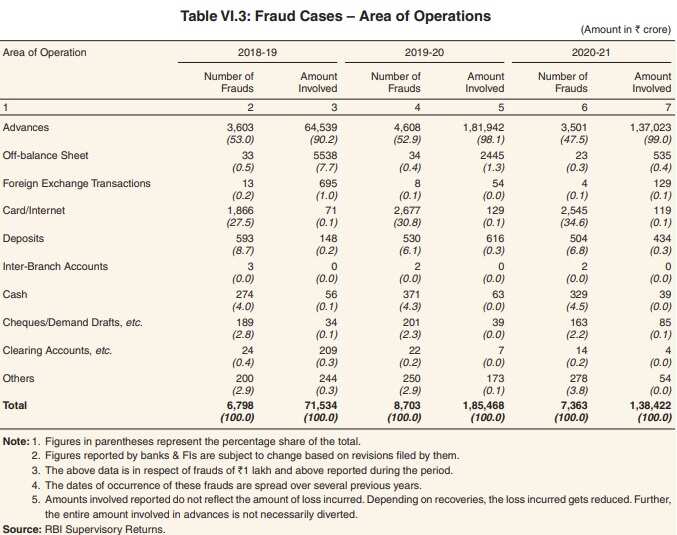With increased awareness about insurance products and prevailing low bank deposits rates, many insurers have launched assured return products to catch the attention of investors. These types of plans offer guaranteed regular income i.e. a pre-defined percentage of sum assured (SA) is paid out as per a schedule.
In addition to offering life cover (up to policy term) and savings, such policies offer multiple riders i.e. additional benefits to the policyholder for an extra cost, to enhance the benefits of the policyholders. While all the riders at first glance appear to benefit you, it is important you choose the ones that fit your requirements.
Options galore
Almost all guaranteed return insurance policies, including those of Bajaj Allianz Life, Aditya Birla Sun Life, HDFC Life and Future Generali Life, come with rider options. Life insurance riders are contingent additional benefits over a primary/base policy. They come into play in case of a specific eventuality. Riders offer financial cover (rider SA) over and above basic sum assured in the life insurance policy.
Some of the common riders include accidental death benefit, where the policy (rider as well as base policy) pays rider/maturity benefit to the nominee. There is accidental permanent total/partial disability benefit where policyholder receives a lump sum payment (from the rider policy) in case of any specified disability.
Some insurers offer critical illness benefit rider where if the policyholder is diagnosed with any of the listed critical illnesses, the rider policy will pay the benefit and terminate. Even with the occurrence of the said event, the life cover remains intact which means you remain eligible for the death benefit on the life insurance plan.
In case of a waiver of premium rider, all future premiums for the term cover are waived if the policyholder is unable to pay because of permanent disability due to an accident or on being diagnosed with a critical/terminal illness.
A few insurers offer other riders as well. For instance, Bajaj Allianz Life offers family income benefit rider where 1 per cent of SA is paid monthly to the nominee/policyholder upon death or permanent disability or the first occurrence of one of the listed critical illnesses. Similarly, Aditya Birla Sun Life insurance offers, among other riders, surgical care benefit and hospital care benefit riders as well.
Factors to keep in mind
Do note the savings plans offered by life insurers generally cost more than a pure protection plan. Also, you may have to shell out more in terms of premium if you opt for riders. Consider Bajaj Allianz’s Flexi Income Goal plan which provides guaranteed income. For a 30-year old opting for an SA of ₹5.04 lakh and a guaranteed monthly income of ₹3,500 over a policy term of 17 years (premium payment term is 5 years), the total outgo works out to ₹1,23,892 (excluding tax). Now if a rider is added to this, say, a critical illness benefit rider, then the total premium cost works to ₹1,25,585 (excluding tax and discounts).
Before signing up for any rider, keep in mind two crucial things.
First, check whether the rider you want is available with that particular policy. For instance, in case of Future Generali Lifetime Partner Plan, there are no riders available but its Triple Plan Advantage plan comes with accidental benefit rider. Similarly, HDFC Life’s Sanchay Par Advantage offers two riders accidental disability rider and critical illness plus rider.
Second, assess whether you really need rider(s) with a savings product. According to Bikash Choudhary, Appointed Actuary & Chief Risk Officer, Future Generali India Life, “While all the riders play an important role in enhancing protection for the policyholders, the selection of riders depends on the need of the individual in terms of finance, lifestyle etc. For example, waiver of premium rider comes in handy in case of an insurance plan bought for a child. If the parents are not around, the rider helps in continuation of the policy until maturity to get full benefits, thereby protecting the child’s future financially.”
It is generally recommended to keep insurance and savings separate, instead of combining the two. This is because you may neither get sufficient life cover nor good returns from the product when you mix them. But certain investors such as high networth individuals, who have very low risk appetite, can consider such products. While these products do offer multiple riders or options, it may not make sense to sign for all of the riders available. So, make an intelligent choice to save on premium.
Check whether the rider is available with particular policy
Find out if you really need rider with a savings product
Savings plans cost more than term plans
![]() Financial Express is now on Telegram. Click here to join our channel and stay updated with the latest Biz news and updates.
Financial Express is now on Telegram. Click here to join our channel and stay updated with the latest Biz news and updates.